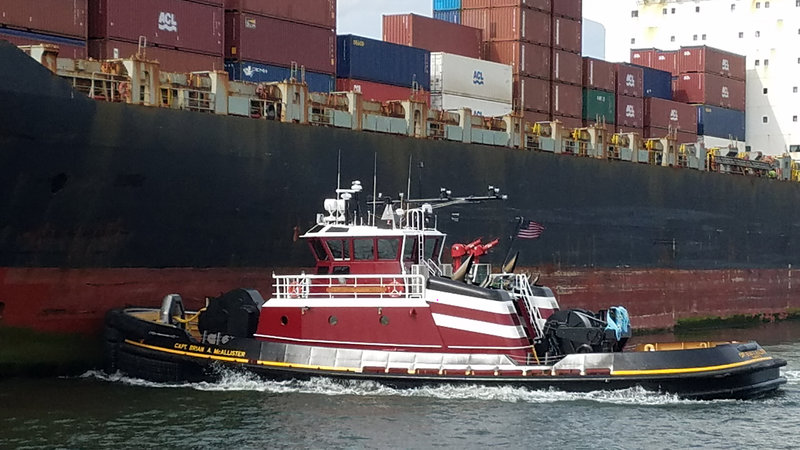If you are currently active in the U.S. Merchant Marine, theoretically you now have more protections and more safeguards in place than ever before.
What do I mean by protected and safeguarded? I’m referring to the entire safety array of working and living on the water. This includes personal protective equipment (PPE), a company’s health and safety policies, safety management systems (SMS), frequent third party audits and inspections, vessel construction standards, and the U.S. Coast Guard’s inspection/prevention activities.
There are now layers upon layers of policy, procedure, regulation and oversight (with highly variable rates of effectiveness) aimed at preventing injuries and accidents, from cutting your finger in the galley to explosions and everything in between.
If things still go badly there are a multitude of search and rescue (SAR) resources to come to your aid. This includes rescue vessels and fixed- and rotary-winged aircraft from several different agencies. The in-water rescue capabilities provided by helicopter-deployed rescue swimmers are enormously beneficial. We literally are protected by an army of helicopters along our coasts. The seaward reach of that protection is often increased by the presence of military shipboard-based helicopters and ship-to-air or air-to-air refueling.
But despite all of this, stuff still happens. That’s because the working decks of tugs and barges are by their very nature an unavoidably dynamic and dangerous place to be. If you don’t want to become a statistic or be responsible or contribute to someone else becoming one, then the focus of your efforts should go into the foundational basics of procedure.
You must know how to select and lay out your working deck gear, how and where to best position yourself for the different tasks, and, most importantly, how to make sure you don’t put yourself in a bad position. It all starts with these three critical things.
Every procedure should periodically be reviewed for potential improvement and fine-tuning. Nothing ever has to be done a certain way just because that’s the way it has always been done. That’s the worst excuse in the book.




